MOVIE REVIEW – Takashi Yamazaki’s “Godzilla Minus One” takes the beloved Toho titan back to its roots with an epic, Spielbergian historical drama. Not only is this one of the best Godzilla films in recent memory, but it also breathes new life into the legendary monster’s saga.
Godzilla, one of the most iconic monsters in Japanese cinema, first appeared on screen in 1954. Created in the aftermath of World War II, the original film served as a symbol of the devastating impact of nuclear weapons and quickly became a cultural icon in Japan. Over the decades, Godzilla’s story has been told through various sequels, reboots, and adaptations, each reflecting the times and styles in which they were made. The Showa era of the 1960s and ’70s brought lighter, more entertaining films, while the Heisei era of the ’80s and ’90s added a darker, more serious tone. The 2010s saw “Shin Godzilla” reimagine the monster once again, this time as an allegory for human and natural disasters.
The Original Shock
Unlike later iterations, the 1954 original depicted Godzilla as a pure antagonist. He didn’t battle other monsters but instead systematically wreaked havoc on human lives until his demise in the ocean depths. While this may seem straightforward, Godzilla’s true power lies in its allegory. From the 1954 original to 1984’s “The Return of Godzilla,” the monster has served as a warning against nuclear threats. This theme continued in 2016’s acclaimed “Shin Godzilla,” which portrayed the catastrophic consequences of natural disasters and governmental incompetence.
As we approach Godzilla’s 70th anniversary, “Godzilla Minus One” revisits the horrors of war and its human toll through Takashi Yamazaki’s masterful direction. Set in the post-World War II era, the film returns to the original setting with a subtly reimagined story. It follows Kōichi Shikishima (Ryunosuke Kamiki), a disgraced kamikaze pilot who failed to sacrifice himself for his country and couldn’t save his comrades during their first encounter with Godzilla. From the start, it’s clear this Godzilla film is a serious, tragic affair. Unlike the kaiju wrestling spectacles of Legendary’s MonsterVerse, “Minus One” aims to tell a deeply human story, drawing inspiration from the best.
A few scenes into “Minus One,” and it’s clear: “This is Spielberg.” The film’s hallmark elements are evident and numerous, from the period aesthetic steeped in nostalgia and sadness to the precisely choreographed action sequences built on escalating tension. Borrowing more from Spielberg’s “Jaws” than Gareth Edwards’ 2014 attempt, “Minus One” doesn’t shy away from showing Godzilla but focuses on more effective use of scale. One scene, where Godzilla chases survivors on a tugboat, feels incredibly real, with the monster’s eerie, human-like eyes hovering just above the water’s surface.
Humor and Hope
The film doesn’t lack humor and hope either! While “Shin Godzilla” used dark comedy to critique the Japanese government’s failures during the Fukushima nuclear disaster and the 2011 Tōhoku tsunami, “Minus One” offers a more optimistic self-reflection on the costs of war and the potential for a brighter future. This is the Spielbergian touch.
Yamazaki openly acknowledges Spielberg and “Jaws” as influences, along with a surprising source. Besides the 1954 original, Yamazaki also draws inspiration from his favorite in the series: 2001’s “Godzilla, Mothra, and King Ghidorah: Giant Monsters All-Out Attack.” While that film literally imbued Godzilla with the souls of Pacific soldiers to punish Japan for its wartime sins, “Minus One” opts for allegory. Here, Godzilla haunts the protagonist through PTSD and survivor’s guilt, with Kōichi believing the monster embodies the souls he couldn’t save.
Written during the pandemic, a time marked by isolation and global distrust in leadership, the film critiques the Japanese government’s lack of empathy and undervaluing of human life. This criticism extends from the use of kamikaze pilots during World War II to the country’s disarmament by the UN, leaving it unable to protect its citizens. Instead, it’s up to the Japanese people to stand up and fight against their grief and failures for a better tomorrow.
The Importance of Human Elements
But all this would be moot if the characters didn’t resonate. Aside from the original and a few other dramatic entries, most kaiju films use human stories merely as filler between monster battles. The MonsterVerse is guilty of this, with paper-thin characters elevated solely by the actors’ charisma. Yamazaki’s talent as a director and screenwriter shines through, making “Minus One” primarily a wartime character drama and secondarily a kaiju film.
As for Godzilla himself, Toho has outdone itself with a new classic design. Far from the grotesque body horror of “Shin Godzilla” and the robust monster of the Legendary films, “Minus One” harkens back to the Showa/Heisei era “man in a suit” aesthetic, complete with thunderous thighs and the cat-like face beloved by VHS kids. There’s an art to balancing the cool factor of a creature meant to evoke both awe and fear, and “Minus One” nails it every time Godzilla unleashes his atomic breath.
How to Make a Prequel Right
“Godzilla Minus One” brings a fresh breath of air to the realm of shared universes. It’s an artfully crafted throwback to kaiju classics, daring to evoke deep emotions and human drama. This film aims to move audiences not just with its visuals but with its emotional depth, likely making it the first Godzilla movie to bring tears to viewers’ eyes. Available on Netflix, it’s a must-watch on the biggest screen you can find to fully experience this breathtaking masterpiece.
-Gergely Herpai „BadSector”-
Godzilla Minus One
Direction - 8.6
Actors - 8.2
Story - 7.8
Visuals/Music/Sounds - 9.2
Ambience - 8.4
8.4
EXCELLENT
"Godzilla Minus One" starts strong, returning to the basics and reviving the Toho titan. Yamazaki's masterpiece delivers a powerful message about the horrors of war, combining spectacular action scenes with deep human drama. It's a must-see for all kaiju fans, and even Spielberg enthusiasts won't be disappointed. Too bad we could only watch it on Netflix – if you can, see it on the biggest screen possible!

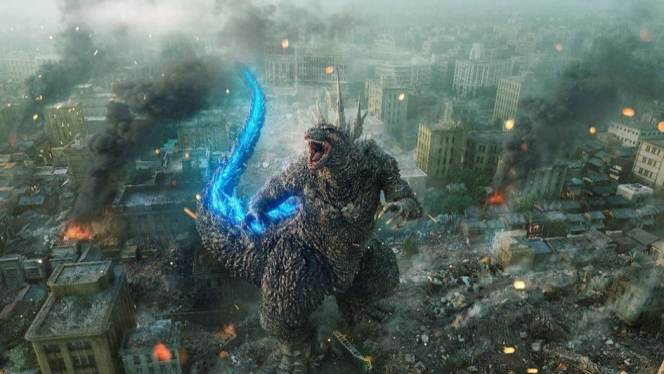
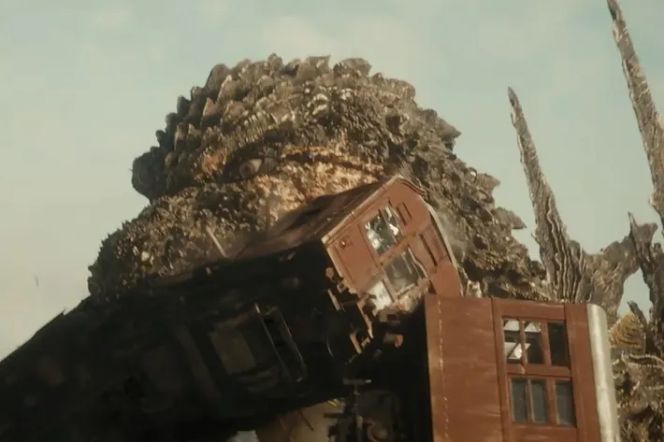
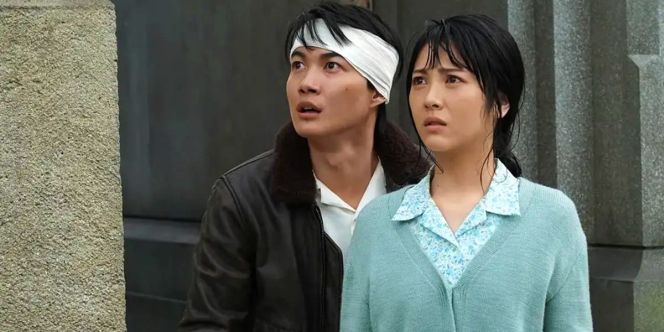
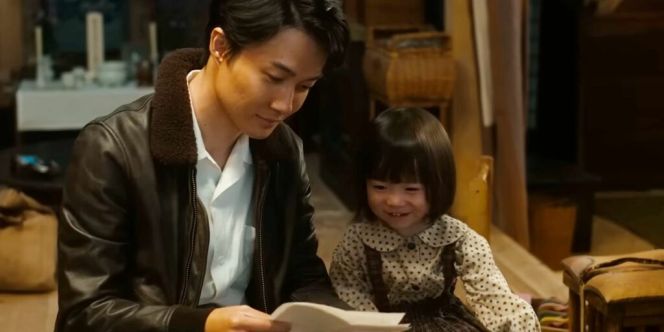


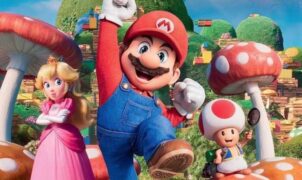
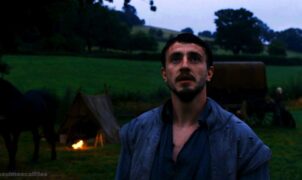






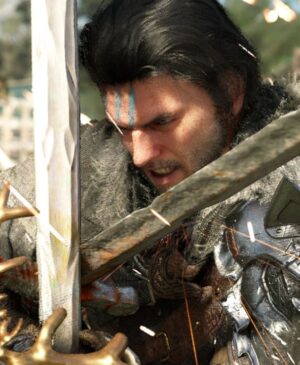
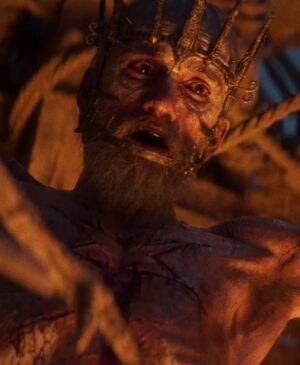


Leave a Reply